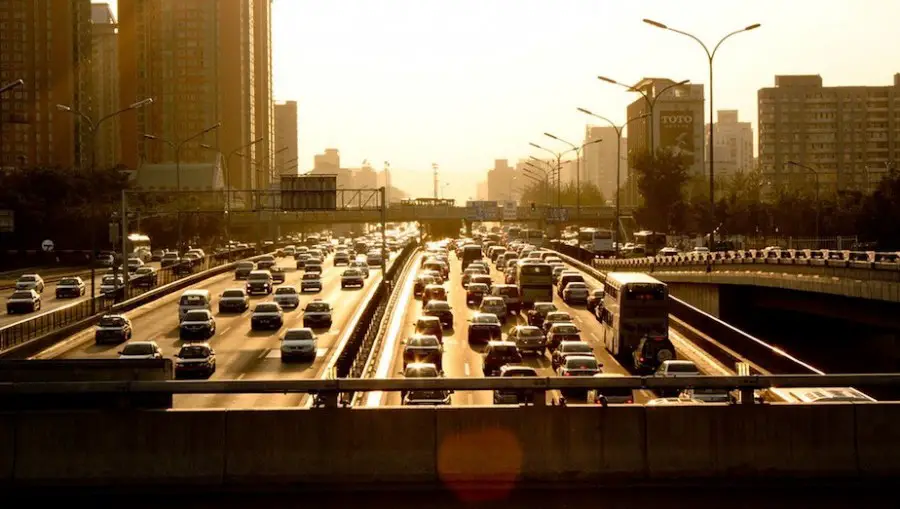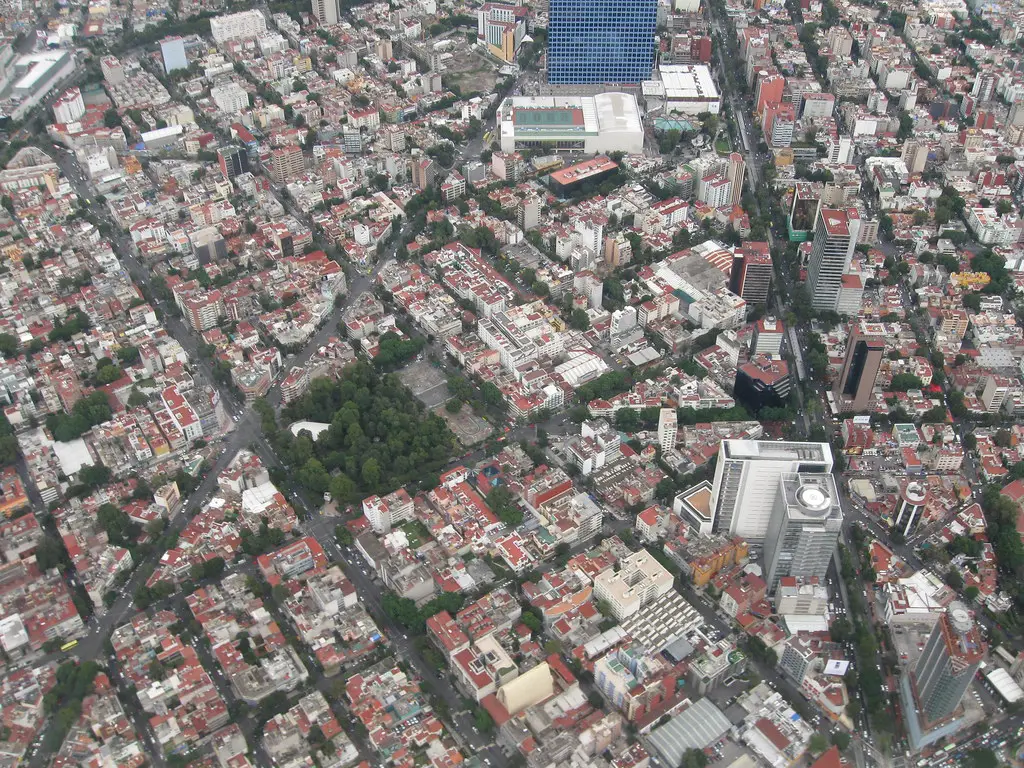Inspired by the success of London’s congestion charge, and with a desire to more evenly distribute the flow of traffic entering its city centre, Stockholm introduced its own congestion pricing system on January the 3rd, 2006. As with London, the scheme has been a big success, but its functionality differs considerably.
The goal with London’s congestion charge was simple – keep cars out of the city centre. In order to do this, London installed hundreds of cameras throughout the congestion zone, charging £10 to anyone driving within it (between operational hours of 7am-6pm, Monday to Friday). Stockholm’s aims were different. Rather than keeping people out, the Swedish capital was more interested in evenly distributing the flow of traffic entering its city centre. In order to achieve this goal, Stockholm introduced a variable pricing system. Free between 6pm and 6.29am, the congestion tax kicks in at 6.30am at an affordable 10 krona (that’s 95p, €1 or US$1.56), peaking at 20 krona from 7.30 to 8.29am and 4 to 5.29pm.
However, whilst London charges one fee for the entire day, Stockholm’s daily charges add up every time you enter or leave the charging zone. Rather than installing hundreds of cameras throughout its city centre, Stockholm opted to install cameras at 18 entrance points to the city – a system only possible due to the fact that central Stockholm is essentially an island with just a few possible points of entry. Local road users travelling in and out of the city centre can expect a bigger bill than just 10 krona, though no bigger than 60 krona – the daily maximum. The other effect of this technical solution is that those who drive exclusively within the congestion charging zone will only get charged if they leave and re-enter, as that would be the only opportunity to catch their movements on camera.
Payment also differs. London’s road users have until the following day to pay their charge, but Stockholm bills its road users at the end of the month. Despite the possible negative privacy implications of this payment method – fancy getting a document listing all your movements in the preceding month through your letter box? – it does allow drivers more time to settle up. There are some similarities between London and Stockholm’s congestion pricing offerings, however. So-called ‘green vehicles’ are exempt from the fee in both cities, as are motorcycles and taxis.
Stockholm’s congestion tax has something else in common with London’s equivalent – it’s been a big success. Public transport has seen a 4.5% increase in ridership, traffic is down by 18%, and waiting time to enter the city centre during peak hours has been reduced by 50%. There have also been environmental and economic benefits. Carbon emissions have dropped by 14-18%, ownership of tax-exempt environmentally sustainable vehicles has almost tripled, and retailers have seen a 6% increase in business.
It would have been easy for the Swedish capital to simply duplicate London’s successful congestion pricing system. Instead, Stockholm looked at its local congestion challenges, and addressed them in a solution tailored to its urban form. As cities worldwide continue to deliberate their own congestion pricing systems, Stockholm’s attitude could be a good one to mirror. Work out how you want to change traffic flow, and implement a congestion pricing system tailored to local geography and culture. Sounds easy, right?
Photo: micastle


